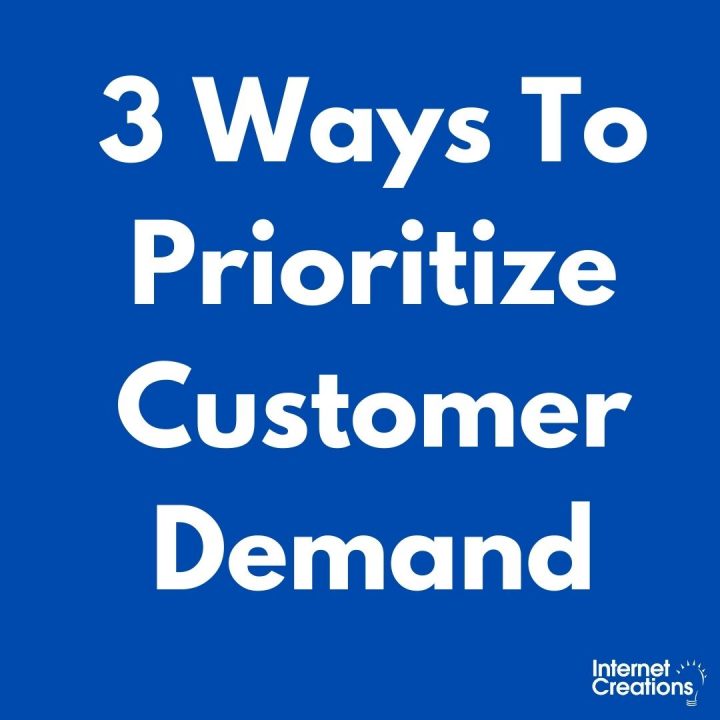Quality at Every Stage

What the Game of Thrones’ beverage slip-ups can teach us about leading teams to success
Whether you’re a fan of the series or not, or one of the people seeking therapy to cope with the controversial finale– chances are you’ve seen the following images of the Starbucks cup and water bottle left on set and captured in the tense final season of Game of Thrones.

While I cringe for the staffers that inevitably got blamed for this slip-up, I also feel a sense of kinship. How many times has a small detail, something we never would have overlooked on our first sprint, snuck into the final one?
When the end is in sight, sometimes details, details-that-matter slip through the cracks. And whether your audience is the angry mob of the Twitterverse, or your customer, those details can mar an otherwise excellent experience. Forgotten will be all the immaculate storytelling and otherwise flawless work and you’ll be left issuing an apology when you should have been asking if your client would like to be part of your featured success stories.
Here at Internet Creations, our culture is defined by The IC Way, fundamentals that we strive to live by. Fundamental #25 is “Make Quality Personal”: Demonstrate a passion for excellence and take pride in the quality of everything you do. Pay attention to the details, double-check your work, and don’t accept mediocrity. Always ask yourself, “Is this my best work?” Consider how your actions affect our collective reputation and be a proud ambassador for the company.
Here are a few leadership tactics to ensure the quality of work you expect to deliver to your customers, and ultimately crown your success:

Leverage Feedback and Open Communication
Pulse-check your team often. Their online MBA course-load, teething children, adoption attempts, and exploding water heaters don’t care about your deployment. The team member that raised their hand one day in the belief they had the time, resources, and motivation, might find themselves in an unexpected crunch.
Checking in on their shifting priorities not only allows them to ask for help before a problem happens but also lets you evaluate when tasks are better left reassigned. Below are a few ways we gather and give feedback to our teams to drive quality and collaboration:
- Salesforce Chatter — Chatter’s core purpose is collaboration; leveraging Global Actions like Thanks Badges and Polls makes it quick and easy to communicate with our team where they already spend so much of their time
- Tiny Pulse – Similar to the quick ease of Chatter but allows for greater anonymity which we’ve found increases response rates and engagement.
- Frequent 1:1s – Weekly standups and one-on-one meetings give team members time and the opportunity to speak up in the environment they are most comfortable.
Know the Signs of Burnout
Every leader should learn to recognize the signs of team member burnout. With emails coming in round the clock and the lack of boundaries that flexible and remote work can result in (despite the many benefits of this offering), any team member might find themselves struggling.
Physical Signs your team member may complain about in casual conversations:
- Sleep problems
- Appetite changes
- Headaches
- High blood pressure
Mental/Emotional Signs:
- Loss of concentration/focus
- Withdrawal
- Irritability
- Disorganization
- Indecisiveness
- Pessimism
Look for *New* Mistakes
If you’re lucky like I am, your team rarely makes the same mistakes twice. The flip side of that is the need to be vigilant for the new ways that we will run into challenges. While reviews should be made for repeat mistakes- train together to learn to identify new ones.
What’s changed on this project?
Have we reached out in our Ohana and researched areas others have struggled, checked for Known Issues?
Any new technology or pieces of code we haven’t used before?
Asking these questions can help guide the team in finding mistakes before the customer does.
Lead by Example
Leading your team with transparency around your own mistakes, welcoming them to speak up and reinforcing that with positive responses is key to helping them to overcome their fear of being perceived as a failure for asking for help. I’m blessed to manage a diverse team but I’m not blind to the imposter syndrome and doubt that can creep into their brains and influence action or inaction. By being honest in where I struggle and asking for help myself when I need it, I see that they respond in kind.
Join the team. We’re looking for leaders in quality and Salesforce knowledge to join our team as a Senior Consultant and to inspire the art of the Salesforce-possible as Sales Engineers.
- IC Professional Services: Projects We’re Proud Of - March 2, 2020
- Quality at Every Stage - May 24, 2019
- 5 Proven Ways to Delight Your Users and Increase Salesforce ROI - December 8, 2015


